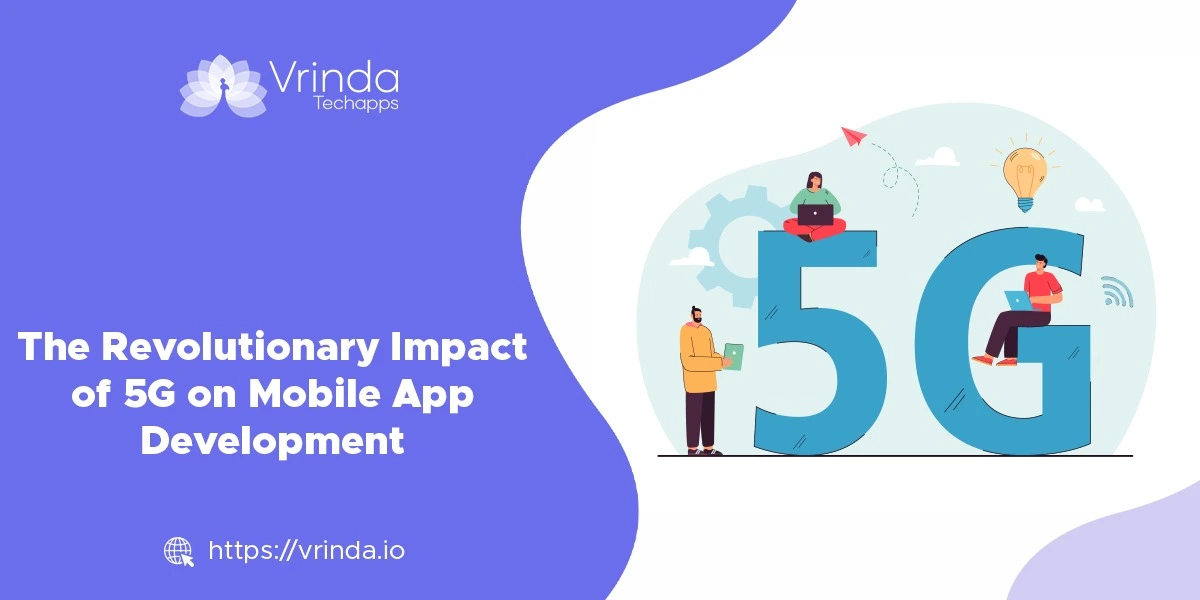10 Fundamental User Experience (UX) Design Principles Every Designer Should Know in 2025
Explore presenting a treasure map to someone with the ‘X’ scrawled in invisible ink. In our fast-paced environment, that is how a digital product without excellent UX design seems.




